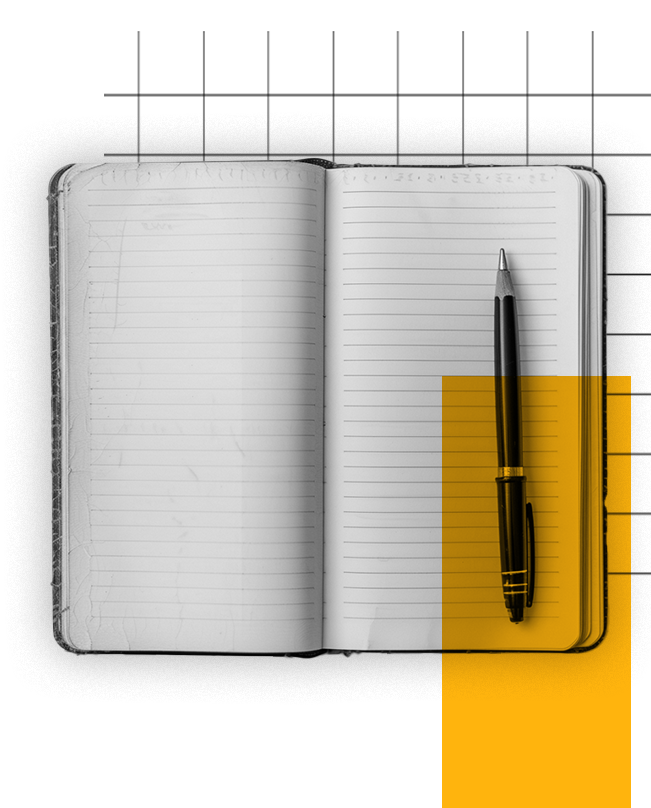Anybody familiar with B2B content marketing might have heard the statistic that 70% of all buying decisions are complete before people even reach the sales process. Which means a whole lot of research being done online and a fantastic opportunity for businesses to produce content that steers prospective customers their way from the start.
But it’s not simply about churning out blog posts. In order to capture their attention, there has to be strategy behind your output—to speak to just the right people at just the right time.
This is where ‘the buyer’s journey’ comes in.
What is the buyer’s journey?
It’s a simple three stage process that HubSpot sums up as “…the active research process a potential buyer goes through leading up to a purchase.”
The stages are awareness, consideration, and decision—and each one involves the buyer being in a different mindset on their way to buying something. Because someone who is only discovering they have a need will be looking for different information to the person who is choosing between products.
All of which means that the content you’re writing will need to fit into the buyer’s journey in order to have the greatest impact on that person at that stage. Otherwise it’s a bit like shooting in the dark, hoping to hit something.
Awareness
This is where the buyer initially identifies symptoms of a problem or opportunity. For example, a business is having problems with data inconsistencies across their organisation.
At this stage the business doesn’t know they need to purchase your particular brand of ERP software for better inter-department efficiency and accuracy of working. They just understand there is a problem to fix (or an opportunity for improvement) and will start researching neutral 3rd party information to try and determine what’s happening.
Content types: editorial, expert, educational content, research reports, eBooks. (For a more thorough list, see HubSpot’s Buyer’s Journey guide.)
Content messaging: You want to be acknowledging problems and guiding readers towards helpful advice on solutions, without trying to sell yourself. Keep it educational.
Consideration
Okay, so now the business has defined their problem (or opportunity) and understands that the symptoms above stem from a need to better manage their inter-department efficiency. Teams are working in silos. Which is leading to data inconsistencies and those costly errors. So… what can they do to solve it?
This is where they research all the possible solutions. With our business above, this might mean looking at team restructuring or bringing in new staff (with all the hassle that entails) or, hey, there’s this thing called ERP software which we can install and once everyone is using that across the organisation we’ll know the data is accurate—let’s go with that!
Content types: Comparison white papers, expert guides and live interactions (eg webinars)
Content messaging: This is where you should take a more thorough look at the solutions available and the benefits (or not) to each, again without resorting to selling yourself.
Decision
The business has defined the solution to their problem and decided ERP software is the thing that they need. So this stage is all about them doing research to choose which product and/or vendor to go with. This is where you get to demonstrate a little more strongly—while still keeping it as educational and helpful as possible—why they should pick you and your product.
Content types: Vendor comparisons, product comparisons, case studies, trial download, live demos.
Content messaging: Comparisons are the name of the game, as the buyer will be trying to determine why to pick you over everyone else. So now’s the time to highlight those benefits of your product or service that give you the edge over your competitors.
Okay, so now you have a better idea about the stages in the buyer’s journey for which you’ll be writing content. All you need to do now is figure out how to make that content authentic and engaging in the B2B market.







.png?width=115&height=183&name=sade%201%20(1).png)